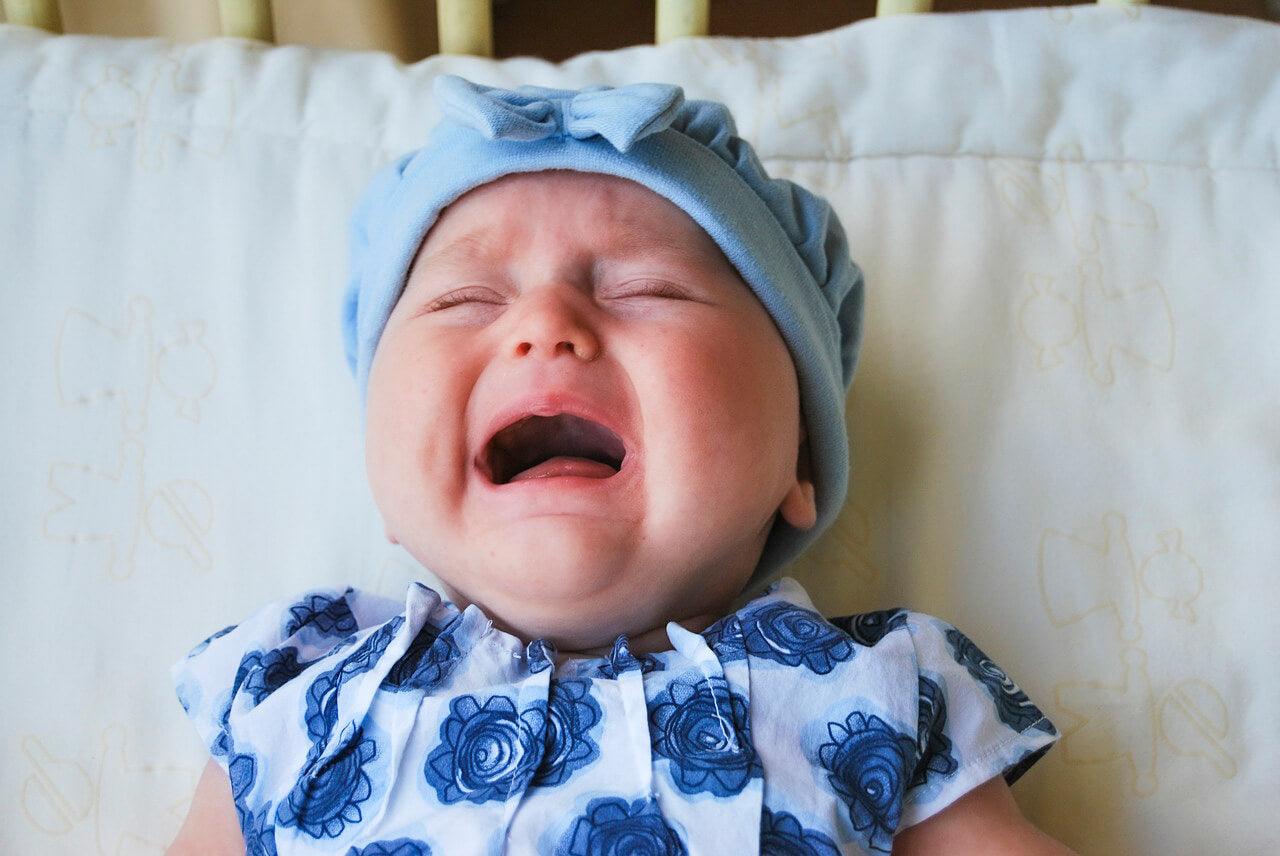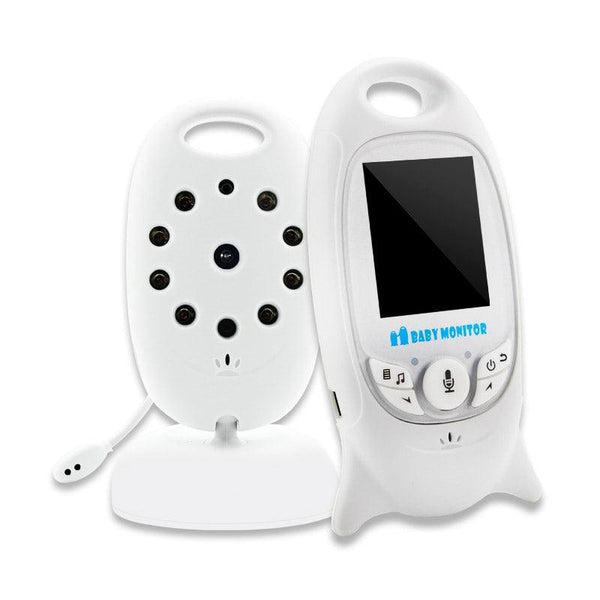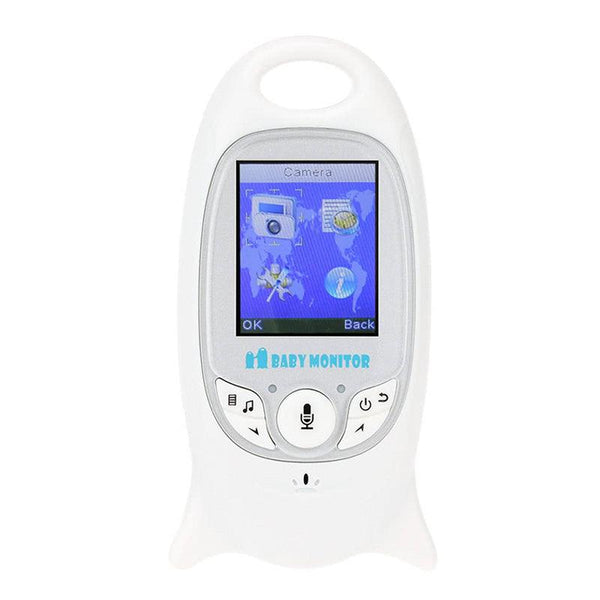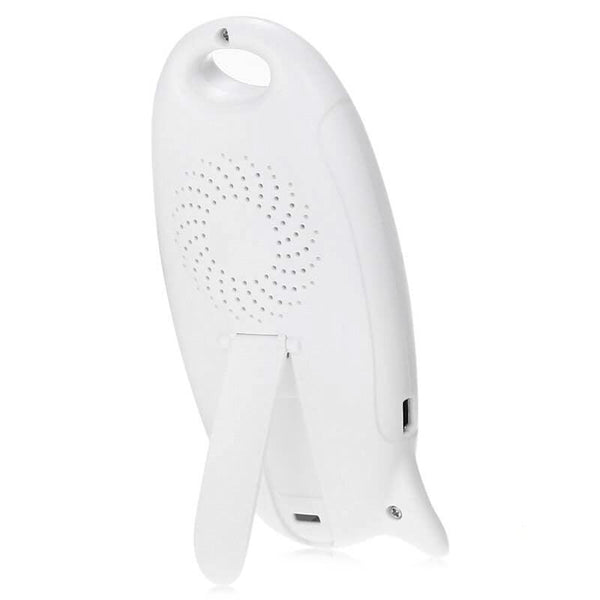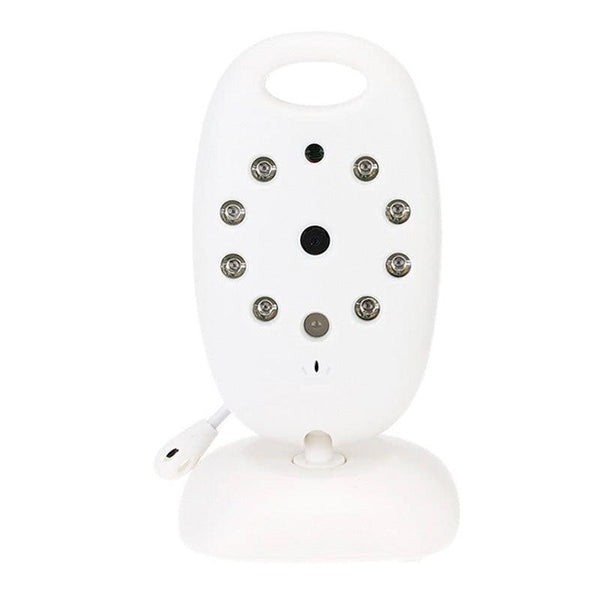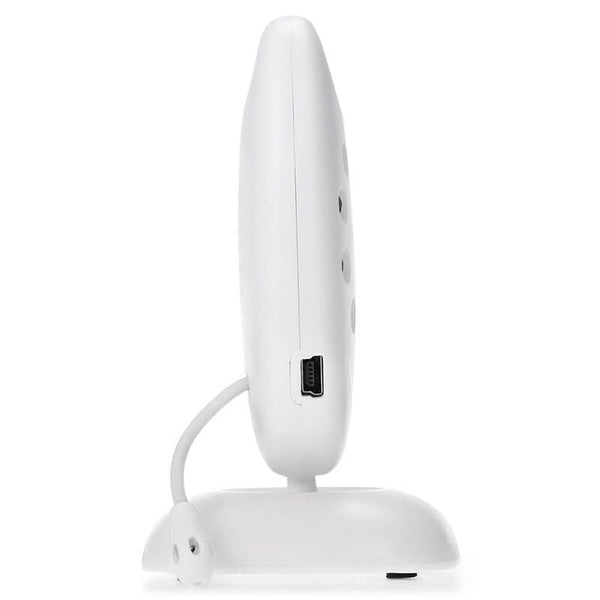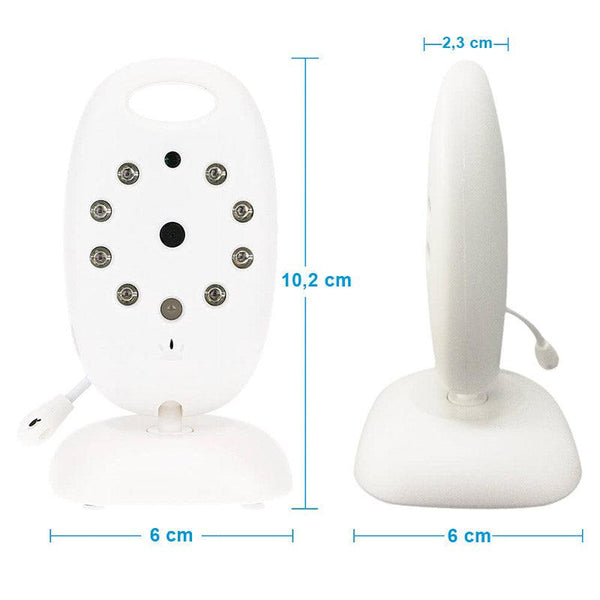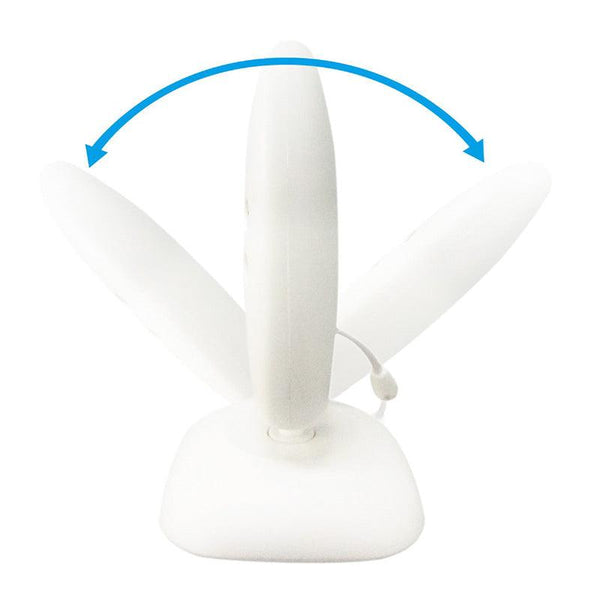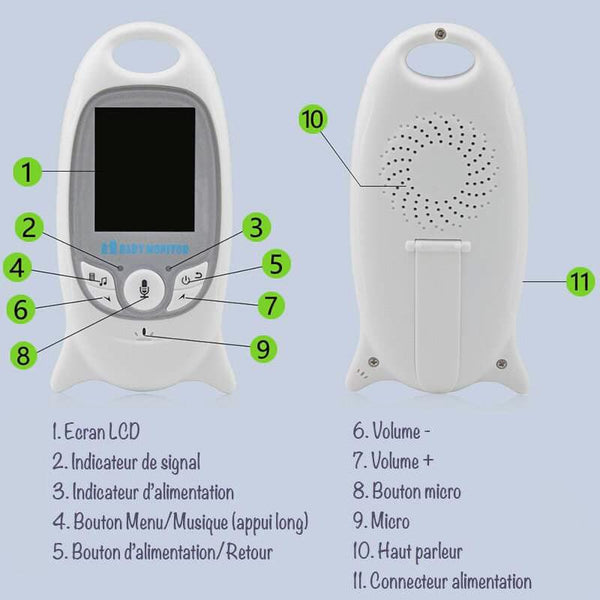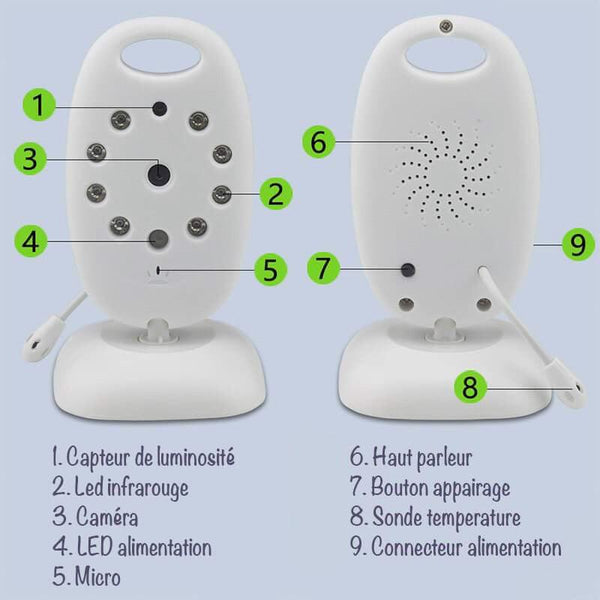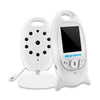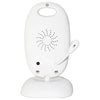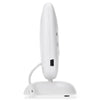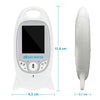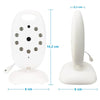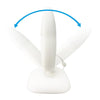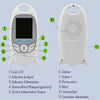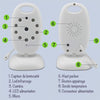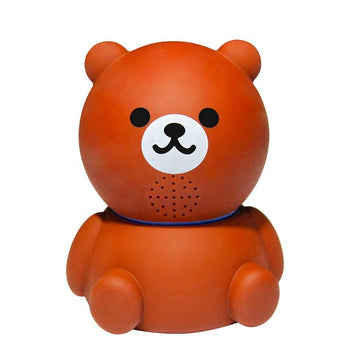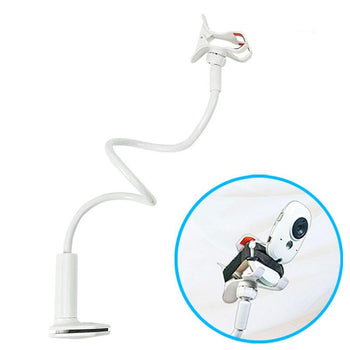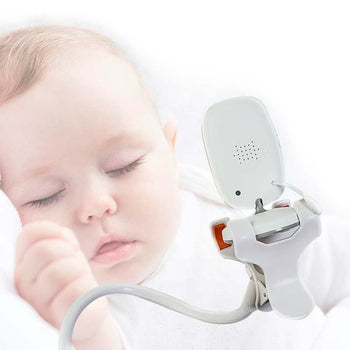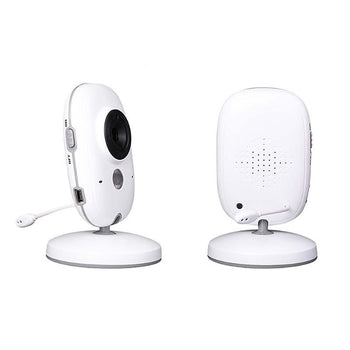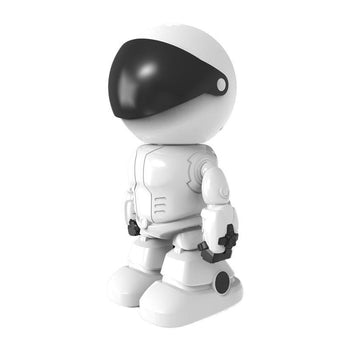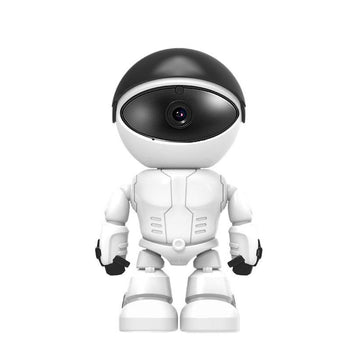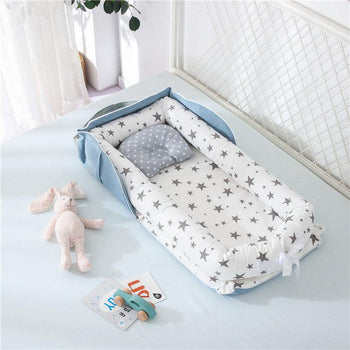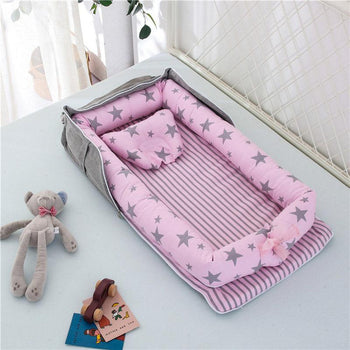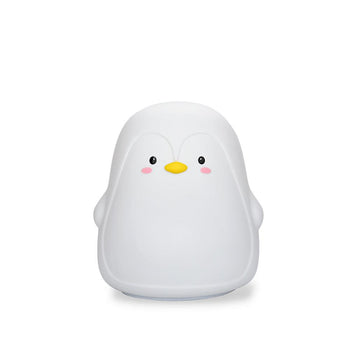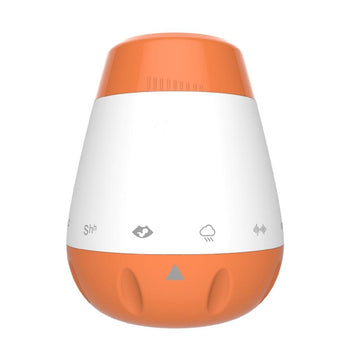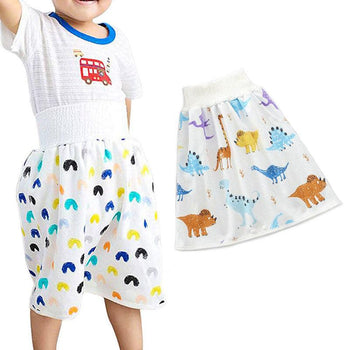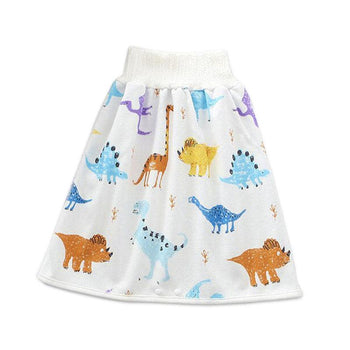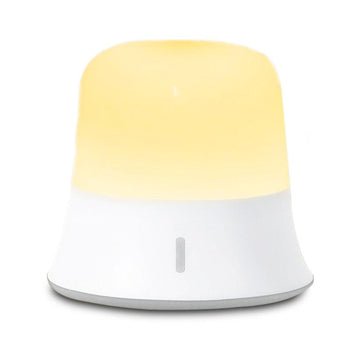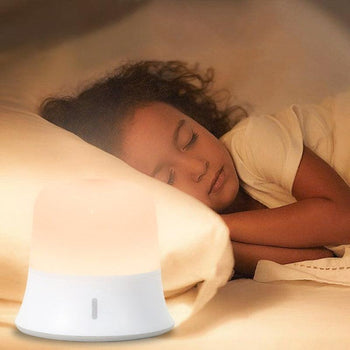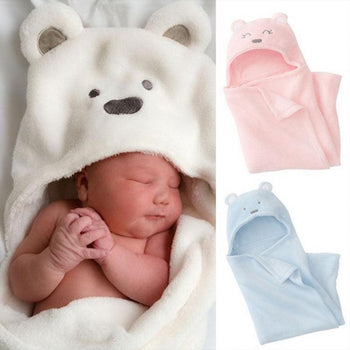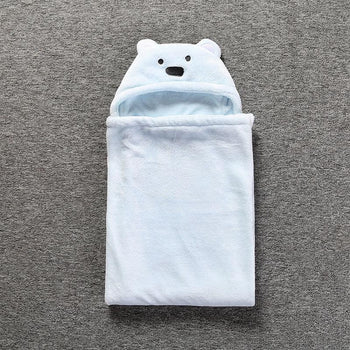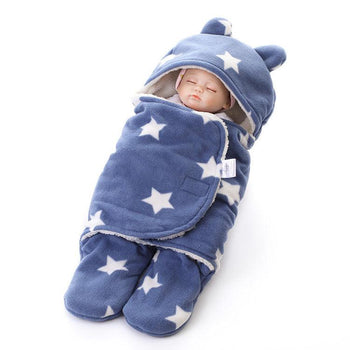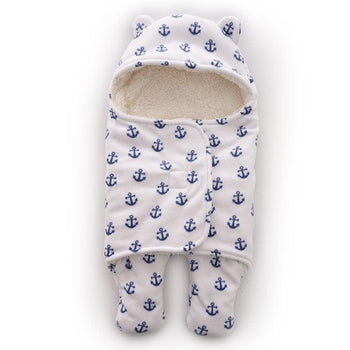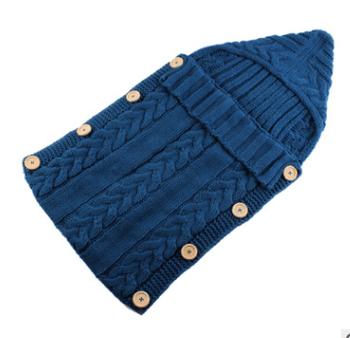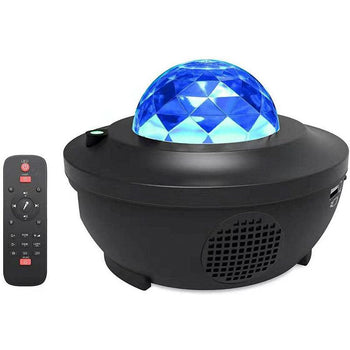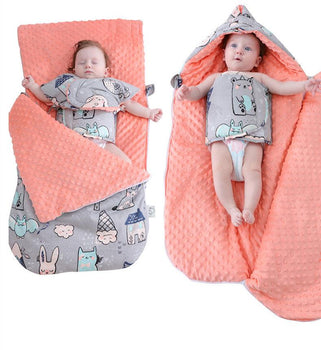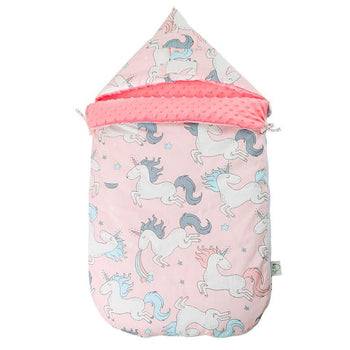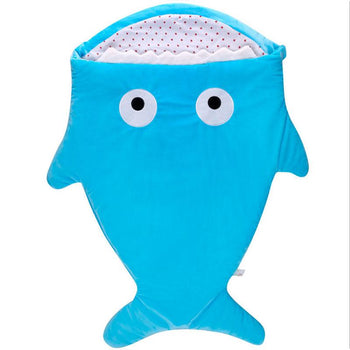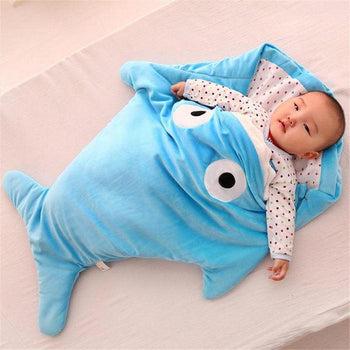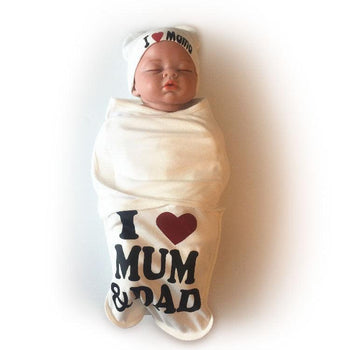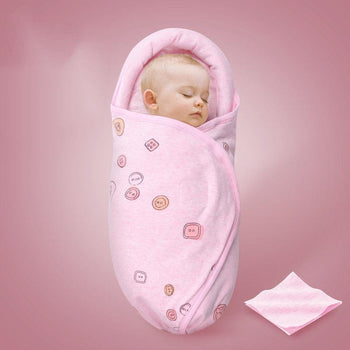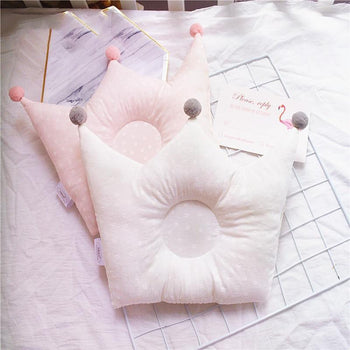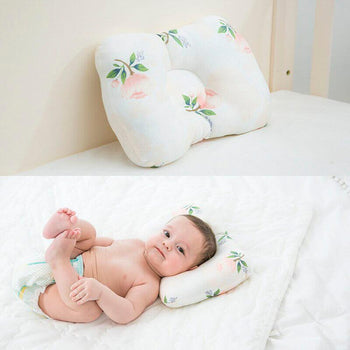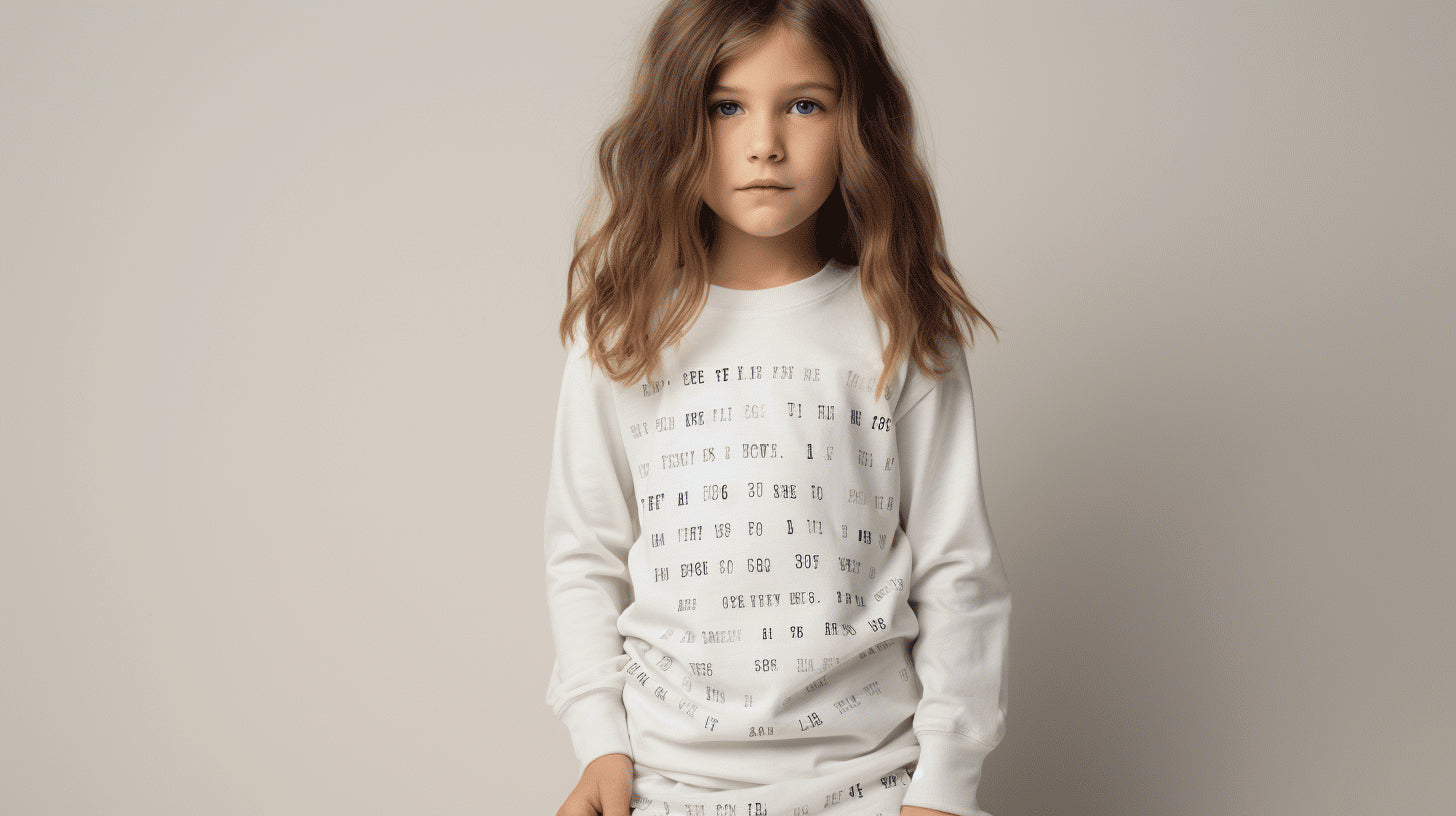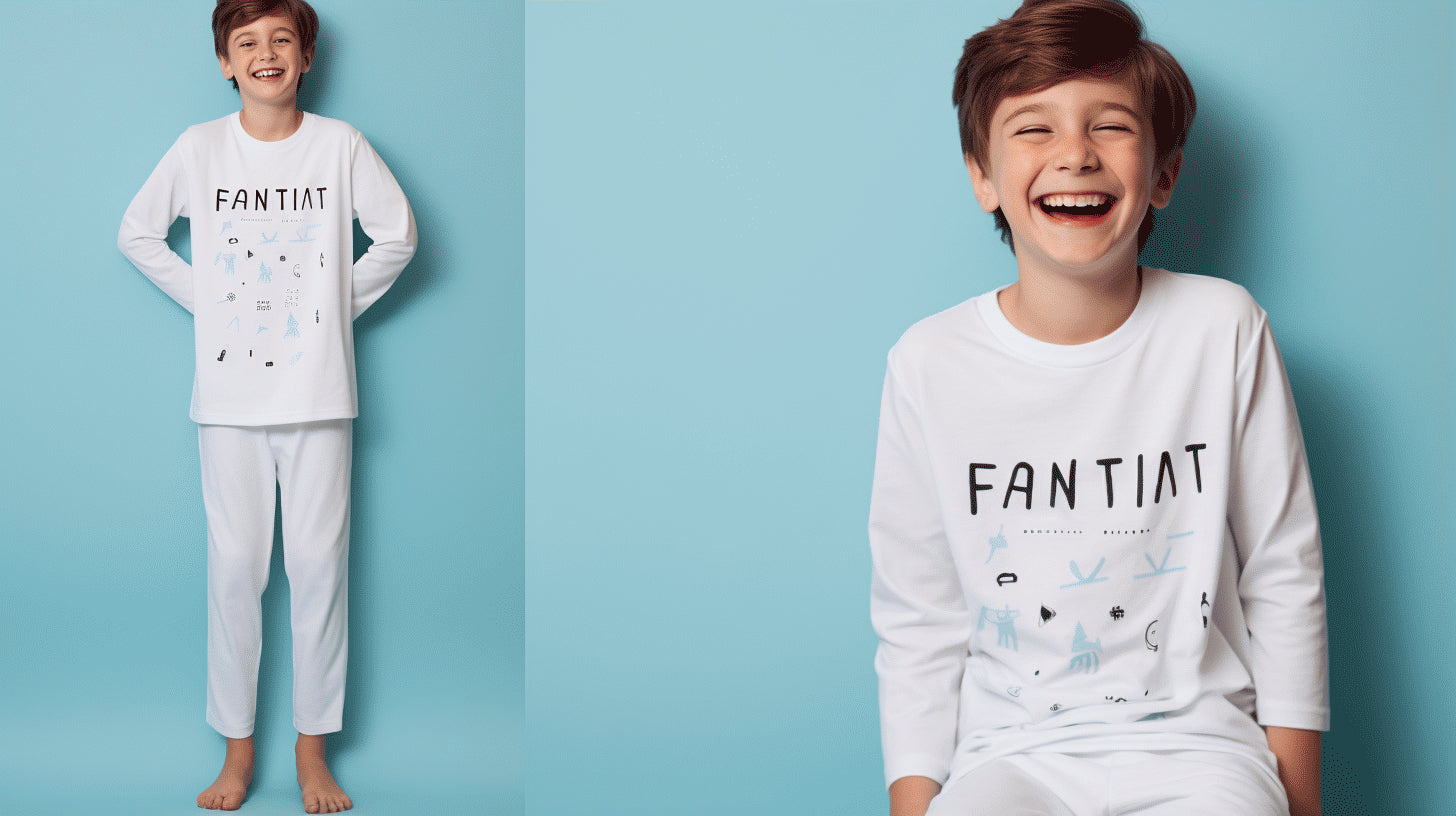I have always thought that the term " separation anxiety " was not adequate. It sounds a little too medical, in my opinion. But those of us whose babies and toddlers have suffered from separation anxiety (and I suspect almost all of us do) know that separation anxiety is anything but funny!
So maybe a term like "panic-red-face separation" would be more appropriate? 😉
Anyway, separation anxiety is the subject of today's article. Specifically , we'll look at why and when separation anxiety strikes, how it affects sleep, and what you can do to deal with it.
Don't worry, separation anxiety is normal. (Actually, that's a good sign!)
It may seem abnormal for your baby or toddler to cling to your legs like a spider monkey and cry until they turn purple, but don't worry - it's all right. normal!
During the first months of his life, your baby is not really able to tell the difference between the different people he sees; a caregiver looks and behaves like another adult. This is why most newborns and young infants are content to transition from adult to adult. However, from 7 or 8 months, your baby will begin to be able to distinguish one adult from another; he will also begin to become more attached to his father and his mother. So, separation anxiety is actually a good sign ; it indicates that a baby forms strong and healthy bonds with its parents.
Also, at this age, your baby is beginning to develop the concept of object permanence. During the first months of life, babies do not understand the permanence of objects; once an object (or person) disappears from their field of vision, it simply disappears, in their mind. This is why peekaboo tends to be endlessly fascinating to young babies, from their perspective, you are performing the most amazing magic trick ever.
But around 7 or 8 months, babies begin to understand that the objects and people they can't see still exist. They develop the permanence of objects. So when you leave the room, your baby understands that you still exist somewhere and you can come back. In this sense, separation anxiety is a positive sign : it lets parents know that their baby understands object permanence .
What is separation anxiety and why does it happen?
Separation anxiety begins in infancy , between 6 and 10 months for most babies. You may start noticing your baby clinging to you and crying before you leave him with a babysitter, or around nap and/or bedtime. Often, separation anxiety appears at any time, your baby is fine one day and then the next day he is clinging, sobbing and terrified. This is understandably confusing for many parents!
Separation anxiety most often manifests when parents leave their babies with daycare or a babysitter. But separation anxiety also affects sleep . It can interfere with baby's nap time and can cause even the best sleeper to wake up frequently at night. Makes sense: a baby with separation anxiety certainly doesn't want to be left alone to nap or sleep through the night. In fact, separation anxiety may be one of the main contributors to sleep regression at 8/9/10 months.
A look at your child's separation anxiety and its effects on sleep
It's normal for your child's separation anxiety to wax and wane during infancy; it can be better at some times and worse at others. (Of course, if your child's separation anxiety persists throughout infancy, that's normal too!)
Many parents find that separation anxiety reappears significantly around 18 months (coinciding with sleep regression at 18 months) and again around age 2 (again coinciding with sleep regression at 2 years). ).
Just like in infancy, separation anxiety can really interfere with your child's sleep and sleep learning ( Check out our 10 tips to help baby sleep ). And it can be even harder to deal with nap and bedtime drama this time around, because your child's separation anxiety often manifests in real tantrums.
The siesta can become a battle royale. And you might find that your child begins to resist bedtime fiercely or to cry repeatedly during the night. 
How to deal with nocturnal separation anxiety and napping in your baby or toddler? A few tips
Yes, separation anxiety is perfectly normal and from a developmental perspective, it's actually a good sign! But that's hardly comforting in the face of a third week of sleepless nights and microscopic naps, is it?
Don't worry, we have advice! These won't banish separation anxiety forever (it's an important developmental milestone, after all), but they will help minimize the effects of separation anxiety and make it more manageable. for everyone.
Establish a good routine
A good bedtime routine is essential ( Click here for our effective 6-step routine). If you haven't already, try creating a soothing routine for your baby or toddler. This will help him relax before going to bed; and will also give him the stability he needs to feel secure.
Keep things calm.
The last thing a parent wants to do is make their child's separation anxiety worse. But many parents do this without realizing it. When you put on a worried and anxious face, or when you cry with your child, you are simply reaffirming to your little one that bedtime is, in fact, terrifying, and that he has every reason to be scared. Instead, try to stay calm at bedtime and naptime .
If you seem relaxed and confident, it will help your baby or toddler feel that way too. Discover our galaxy projector, ideal for soothing baby at bedtime.
Don't wait until he's asleep to leave.
Parents is a big no. Yes, in the moment it seems easier to wait until your baby or child is asleep or distracted and sneak out the door. But in the long run, it only makes things worse. This adds to your child's fear of uncertainty because he has learned that if he looks away, you could literally disappear.
Instead, say goodbye (with love and firmness), then let your child see you out the door. Discover our video baby monitor , so you can watch him and be sure he has fallen asleep well.
Comfort your child when he needs it, but don't create new (bad) habits.
If your baby or toddler complains at nap time or wakes up in the middle of the night sobbing and crying, don't hesitate to comfort him . This is reassuring for your child; this lets him know that you are nearby. And it's reassuring for you too!
However, these interactions should be relatively short . Now is not the time to read books, or sing songs, or play games. Also, when you're done reassuring him and he's calmer, that's when you should leave.
Remember that you don't want to create bad habits during this phase. Now is not the time to start sleeping on your child's floor, or sitting in a rocking chair next to their bed.
I hope this article has answered some of your questions.
Do you want your baby to sleep through the night?
In this free guide , you'll discover 5 things you absolutely need to know.
With a unique approach and practical tools for success, this guide will help you and your baby sleep better through the night.


